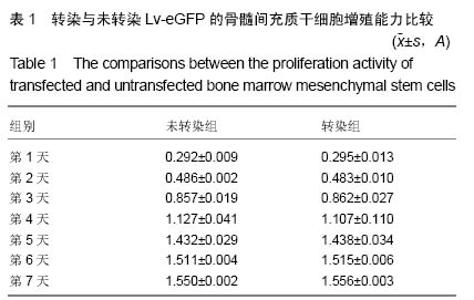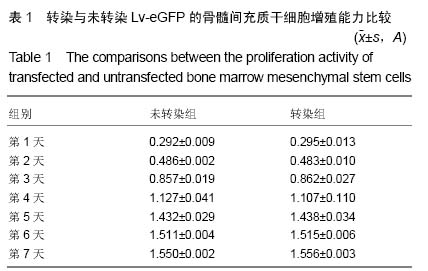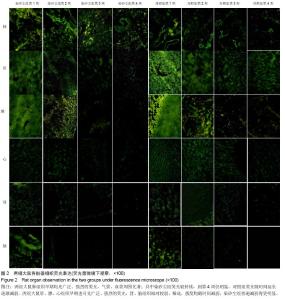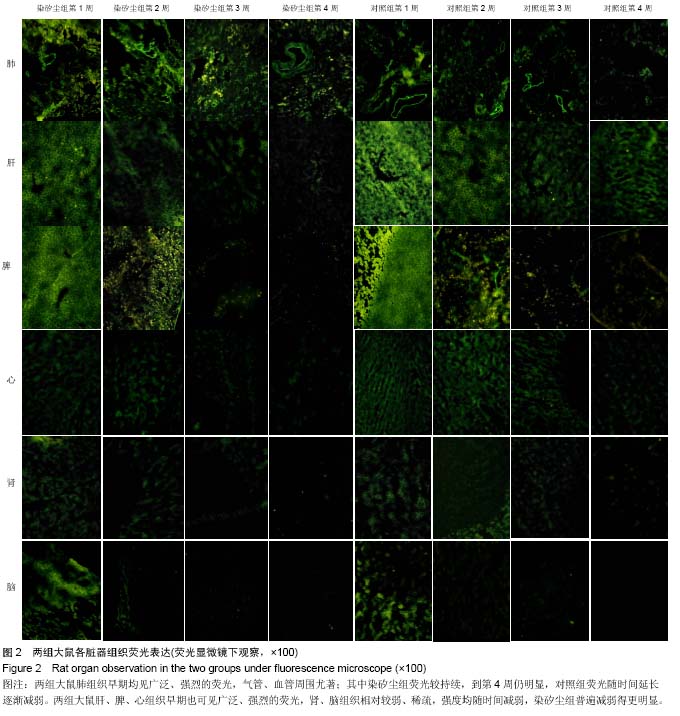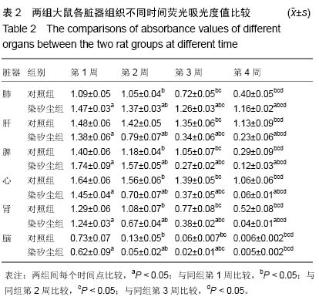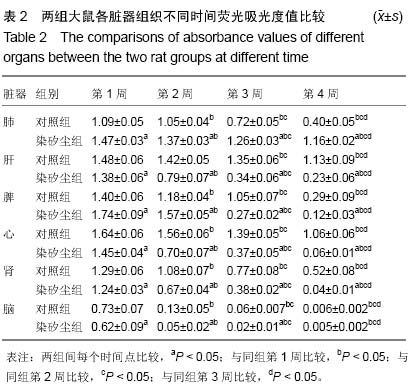| [1] 欧文.卫生部通报2010年职业病防治工作情况和2011年重点工作[J].安全与健康(上半月版),2011,(7):31.
[2] 国家卫生和计划生育委员会.关于2011年职业病防治工作情况的通报[R].2012-09-16.
[3] 2012年职业病防治工作情况和2013年重点工作[J].中国卫生监督杂志,2013,20(3):204-206.
[4] 国家卫生和计划生育委员会.关于2013年职业病防治工作情况的通报[R].2014-06-30.
[5] Gregory CA, Prockop DJ, Spees JL. Non-hematopoietic bone marrow stem cells: molecular control of expansion and differentiation. Exp Cell Res. 2005;306(2):330-335.
[6] 邓海燕,曾俊义,魏云峰,等.微小RNA-1慢病毒载体介导大鼠骨髓间充质干细胞分化为心肌样细胞的研究[J].中华老年心脑血管病杂志,2013,5(5):514-520.
[7] 周志刚,李志忠,林永新,等.人脐带间充质干细胞定向诱导分化成类神经元的实验研究[J].中国病理生理杂志,2015,31(2): 229-233.
[8] Xishan Z, Baoxin H, Xinna Z, et al. Comparison of the effects of human adipose and bone marrow mesenchymal stem cells on T lymphocytes. Cell Biol Int. 2013;37(1):11-18.
[9] Tsai HL, Chang JW, Yang HW, et al. Amelioration of paraquat-induced pulmonary injury by mesenchymal stem cells. Cell Transplant. 2013;22(9):1667-1681.
[10] Shen Q, Chen B, Xiao Z,et al. Paracrine factors from mesenchymal stem cells attenuate epithelial injury and lung fibrosis. Mol Med Rep. 2015;11(4):2831-2837.
[11] 黄明,周永梅,宋向荣,等.骨髓间充质干细胞对染矽尘大鼠肺损伤修复作用研究[J].中国职业医学, 2014,41(4):361-366.
[12] 周永梅,黄明,燕玲,等.骨髓间充质干细胞在染矽尘大鼠体内示踪研究[J].中国职业医学,2015,42(2):128-135.
[13] 张褚波,黄雪峰,唐云明.慢病毒载体及其应用进展[J]. 生物医学工程学杂志, 2008,25(1): 224-226.
[14] 蒋涛,任先军,阴洪,等. 慢病毒转导增强型绿色荧光蛋白对大鼠骨髓间充质干细胞生物学特性的影响[J].中国矫形外科杂志, 2013,21(21):2206-2211.
[15] Bocelli-Tyndall C, Bracci L, Spagnoli G, et al. Bone marrow mesenchymal stromal cells (BM-MSCs) from healthy donors and auto-immune disease patients reduce the proliferation of autologous- and allogeneic-stimulated lymphocytes in vitro. Rheumatology (Oxford). 2007;46(3):403-408.
[16] Klyushnenkova E, Mosca JD, Zernetkina V, et al. T cell responses to allogeneic human mesenchymal stem cells: immunogenicity, tolerance, and suppression.J Biomed Sci. 2005;12(1):47-57. |


